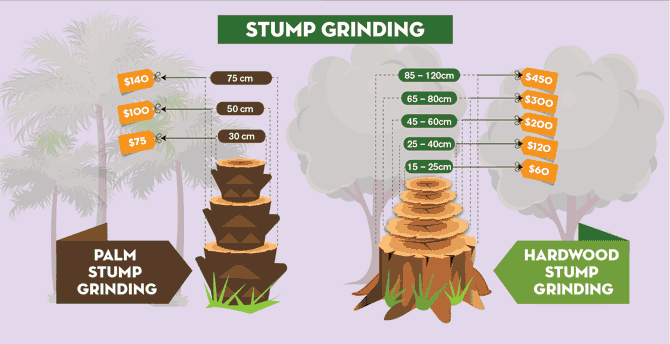Indication For Tree Elimination: Just How To Find Dangerous Trees
Indication For Tree Elimination: Just How To Find Dangerous Trees
Blog Article
Article Created By-Winther Enemark
When it pertains to tree treatment, identifying the indicators that it's time for elimination is necessary for your safety and security and property. You could observe tarnished fallen leaves, wilting branches, or weird fungal developments suggesting illness. Structural concerns, like a substantial lean or cracks in the trunk, can also posture threats. Comprehending these indication can assist you make educated choices concerning your trees and prevent prospective dangers lurking in your yard. What should you search for next?
Indications of Decay and Disease
When you observe indications of decay and illness in your trees, it's critical to act promptly. Read Significantly more for tarnished fallen leaves, wilting branches, or unusual developments like fungi. These can show that your tree is struggling.
If you see cracks in the bark or soft, mushy timber, these signs recommend inner degeneration. Furthermore, an abrupt increase in parasites around your tree can indicate that it's deteriorated and at risk.
Check for any kind of dead or passing away limbs, as they position a risk to your residential property and safety and security. If you're uncertain regarding what you see, consulting an arborist can offer clarity.
Attending to these indications early can save you from a lot more extensive damages and ensure the health and wellness of your lawn. Do not wait up until it's too late.
Structural Instability and Leaning
As you observe your trees, keep an eye out for any type of indicators of architectural instability or leaning. If a tree leans considerably, it may show that the root system is compromised.
Search for any kind of fractures in the trunk or soil around the base; these can signal prospective failing. Furthermore, check for unusual development patterns, like an unbalanced crown, which might recommend that the tree is having a hard time to hold itself upright.
If you observe that the tree leans toward your home, power lines, or other frameworks, it postures a better risk. Do not neglect these signs-- speak with an arborist to evaluate the situation.
Doing something about it early can prevent expensive damage and guarantee your safety.
Dead or Perishing Branches and Vegetation
If you notice dead or passing away branches and vegetation on your tree, it's a clear indicator that something's wrong.
These undesirable areas can suggest underlying problems like disease, parasite problems, or environmental tension. When branches shed their fallen leaves or turn brown, they're no longer contributing to the tree's health. Disregarding these indicators might bring about additional decrease, making your tree much more unsafe.
Dead branches can conveniently break off during tornados, presenting a risk to residential property and individuals nearby. It's vital to evaluate the level of the damage.
If the problem influences a significant part of the tree, think about getting in touch with a professional. They can help figure out if removal is needed to make sure safety and keep the beauty of your landscape.
Conclusion
If you notice any indicators of degeneration, structural instability, or dead branches on your trees, do not overlook them. These indications can present significant security risks to you and your residential or commercial property. https://www.star-telegram.com/entertainment/home-garden/neil-sperry/article234700332.html 's constantly best to speak with a professional arborist that can provide a professional evaluation of your trees. Acting early can avoid mishaps and costly damages, guaranteeing your landscape remains safe and healthy and balanced. Bear in mind, it's far better to be proactive concerning tree treatment than to wait on a catastrophe to occur.
